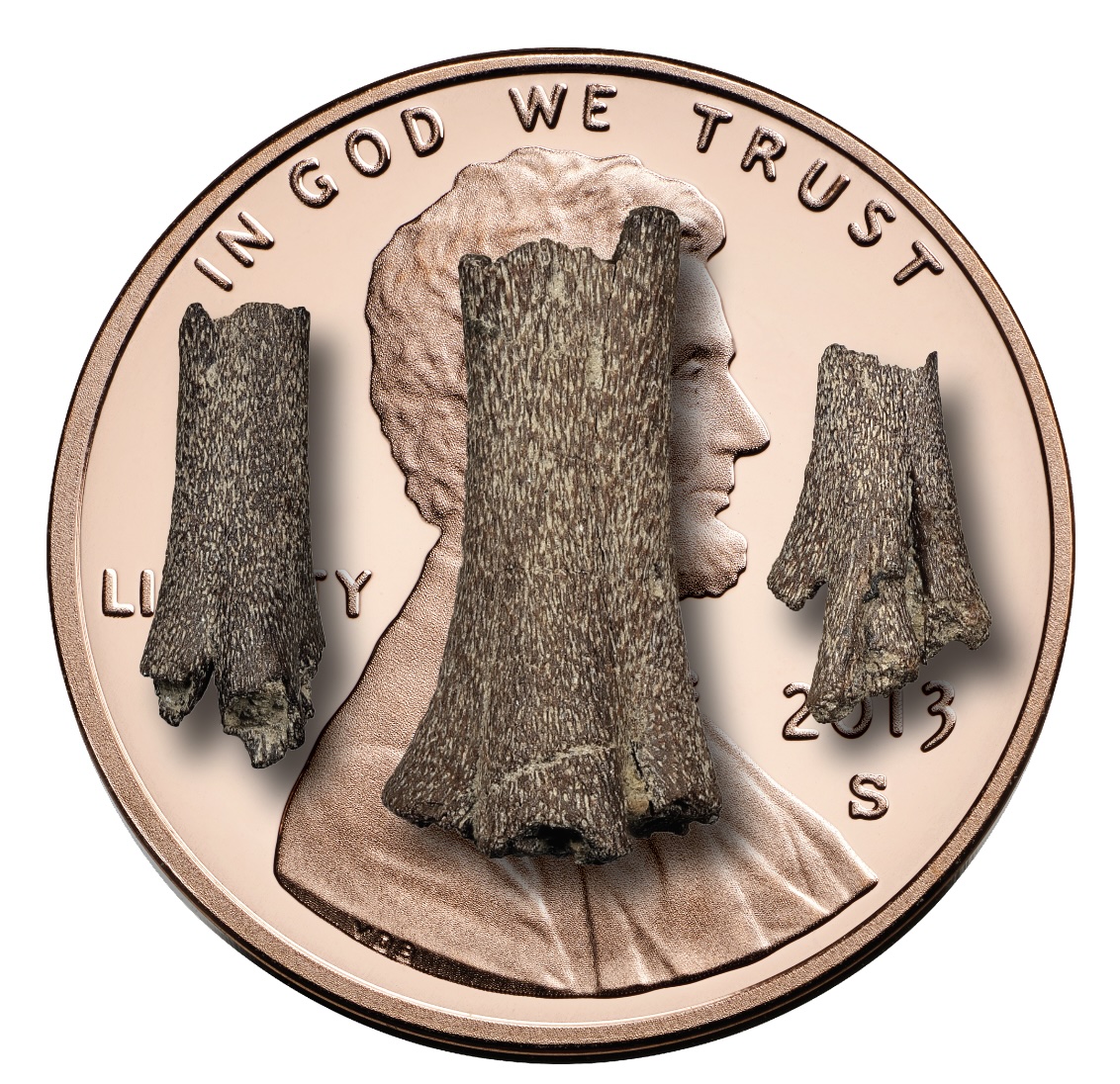Birds have been nesting in the Arctic Circle for almost 73 million years, newly discovered fossils reveal
A major collection of more than 50 bird fossils found in northern Alaska suggest some ancient ancestors of modern birds learned to either adapt to the harsh Arctic winter, or migrate south during the Mesozoic — the age of dinosaurs.

Birds have been nesting in rugged Arctic environments for almost 73 million years, new research finds — more than 25 million years longer than was previously thought.
A collection of more than 50 fossils found in northern Alaska, which include embryos and hatchlings, suggest some of the early ancestors of modern birds either migrated or adapted to the harsh polar environment in the Mesozoic era, the age of dinosaurs.
"The common conception is they're too primitive to be exhibiting this advanced behavior," Lauren Wilson, lead author of the study and a doctoral student of paleontology at Princeton University, told Live Science. "So you're either dealing with [Arctic winters] as an itty-bitty, freshly hatched bird, or you're 3 months old, and having to fly about 2,000 kilometers [1,240 miles] to get to a point where it makes sense to even migrate," Wilson explained. "I don't think we would expect either of those things from these birds that don't belong to that modern lineage of birds."
Whether the birds migrated south or hunkered down for the winter, the research provides the earliest known evidence of either behavior in birds. And while some modern birds, like the ivory gull (Pagophila eburnea) and snowy owl (Bubo scandiacus) are known to nest in the frigid Arctic, there is now evidence that this behavior started millions of years before the meteor that wiped out non-avian dinosaurs crashed into Earth, if not earlier.
"Many birds nest in the Arctic today, and they are key parts of Arctic communities and ecosystems and food webs," Steve Brusatte, a professor of paleontology and evolution at the University of Edinburgh who peer-reviewed the study but was not involved in it, told Live Science in an email. "These fossils show that birds were already integral parts of these high latitude communities many tens of millions of years ago, and thus that these communities are a long-term norm of Earth history, not a recent ecological innovation of modern times."
The fossils in the collection come from at least three different families of bird: the extinct, loon-like hesperornithes; ichthyornithes, an extinct bird that resembled seagulls; and several species resembling ducks that are within or very similar to neornithes, the group containing all modern birds.
Related: Hoatzin: The strange 'stinkbird' born with clawed wings that appears to be an evolutionary 'orphan'
Get the world’s most fascinating discoveries delivered straight to your inbox.
Notably, the researchers did not find any fossils of the dominant bird group of the Cretaceous period (145 million to 66 million years ago) — enantiornithes, now-extinct birds that typically had teeth in their beaks and claws on their wings. But a few factors reveal why they likely didn't live in the Arctic. They likely took longer than other birds to incubate their eggs, they took several years to reach full adult size (where most modern birds grow to adult size within weeks) and they "may have had a period where they're almost naked because they molted their feathers simultaneously," which is not helpful during an Arctic winter, said study co-author Daniel Ksepka, a paleontologist and curator of the Bruce Museum in Connecticut.

The world was warmer in the Late Cretaceous than it is today, but the region the birds were found in likely experienced freezing temperatures, snow and roughly four straight months of winter darkness. Growing to adulthood so quickly allowed modern birds to practice long-range migration and prosper during those ancient Arctic summers, which boasted around six months of 24-hour daylight and a burst in insect populations.
But the weather wasn't the only challenge. They lived alongside "probably about 12 or 13 different kinds of typical dinosaurs," like the Pachyrhinosaurus, a relative of Triceratops that was about 16 feet (5 meters) long and weighed 2 tons (1,800 kilograms). Other dinosaurs like Troodon, an 11-foot tall meat-eater with short, serrated teeth, "would have happily taken advantage of a bunch of these little cute little chicks for dinner," said Patrick Druckenmiller, director of the University of Alaska Museum of the North and advising author of the study.
To get to the fossil sites in the Prince Creek Formation in Northern Alaska, the researchers drove 500 miles (800 km) from Fairbanks, chartered a small aircraft to fly to the Colville River, then took inflatable motorboats up the river before setting up camp, Druckenmiller said. There they would look for an "orangey, pebbly, sandy" layer of sediment that contains small bones and teeth, and often lay on the permafrost to "excavate with little dental picks and small tools" from the layer itself.
Now that the Prince Creek Formation is "one of the major North American Cretaceous bird sites," according to the researchers, Wilson says the next step is simply to find more fossils.
"The more bones we find, the more confident we can be in exactly what types of birds we have," she said. "We might even still find a random bone that's from a bird we didn't know was there."
Bird quiz: How much do you know about our feathered friends?

Jesse Steinmetz is a freelance reporter and public radio producer based in Massachusetts. His stories have covered everything from seaweed farmers to a minimalist smartphone company to the big business of online scammers and much more. His work has appeared in Inc. Magazine, Duolingo, CommonWealth Beacon, and the NPR affiliates GBH, WFAE and Connecticut Public, among other outlets. He holds a bachelors of arts degree in English at Hampshire College and another in music at Eastern Connecticut State University. When he isn't reporting, you can probably find him biking around Boston.
You must confirm your public display name before commenting
Please logout and then login again, you will then be prompted to enter your display name.
